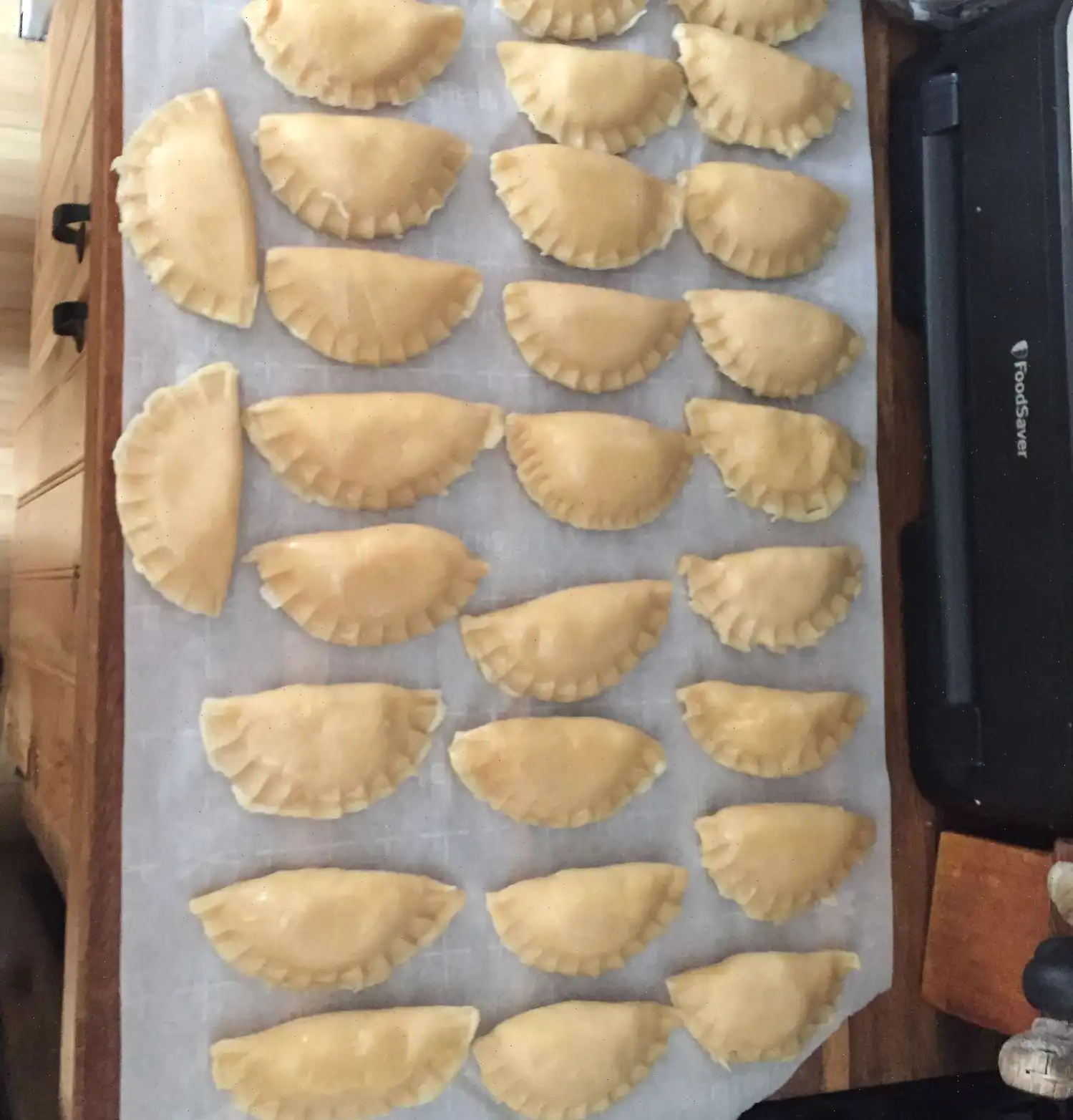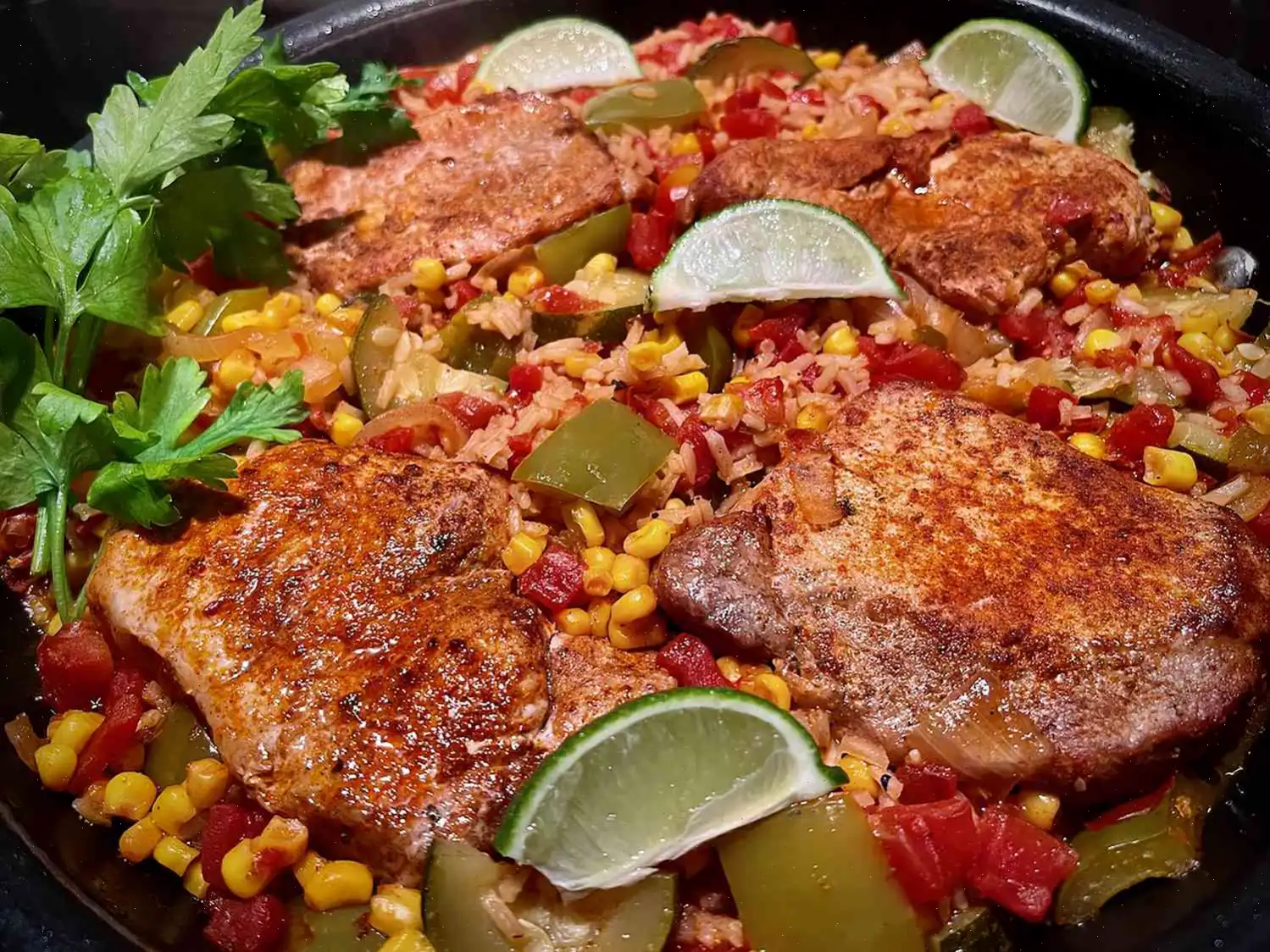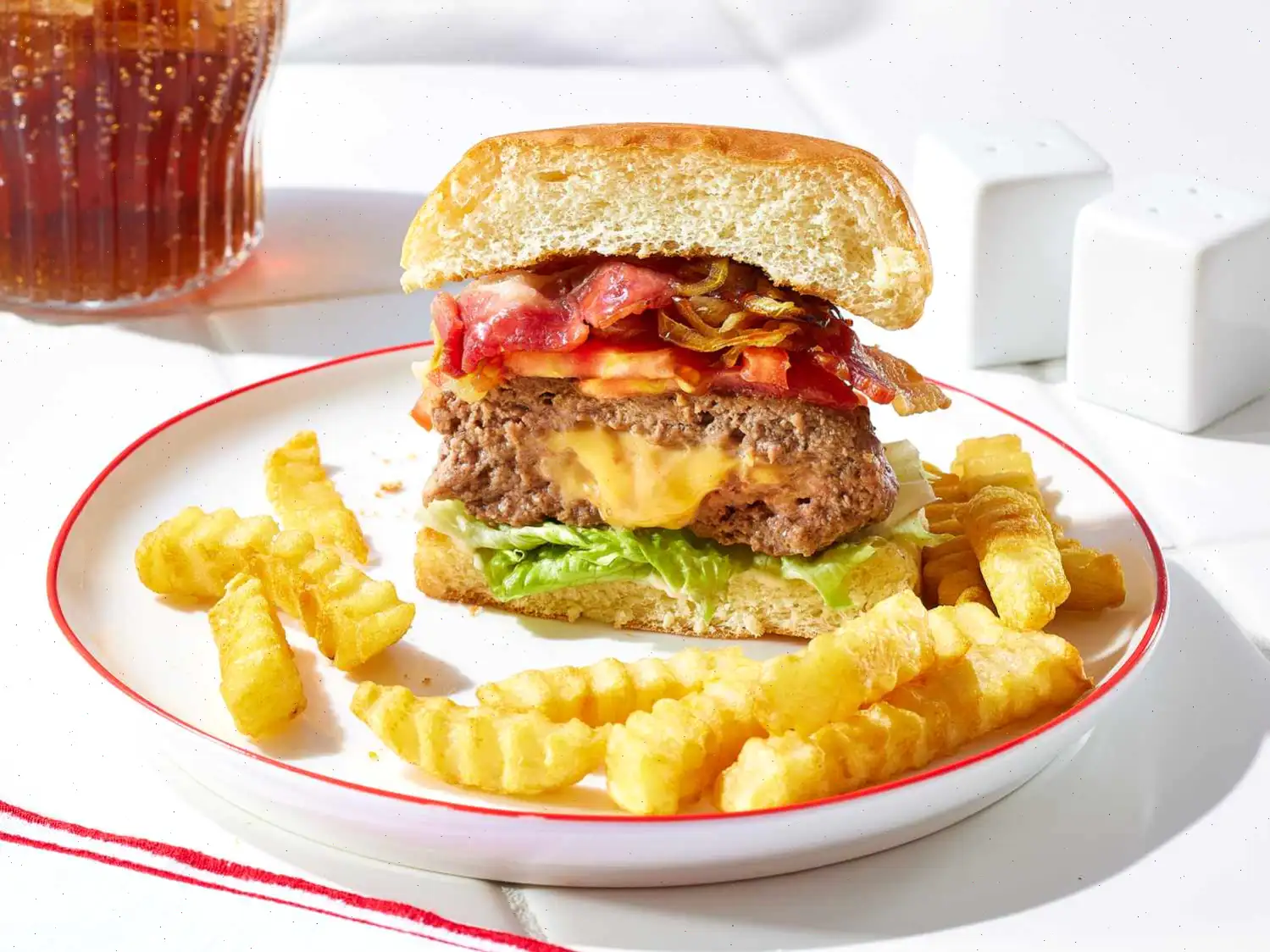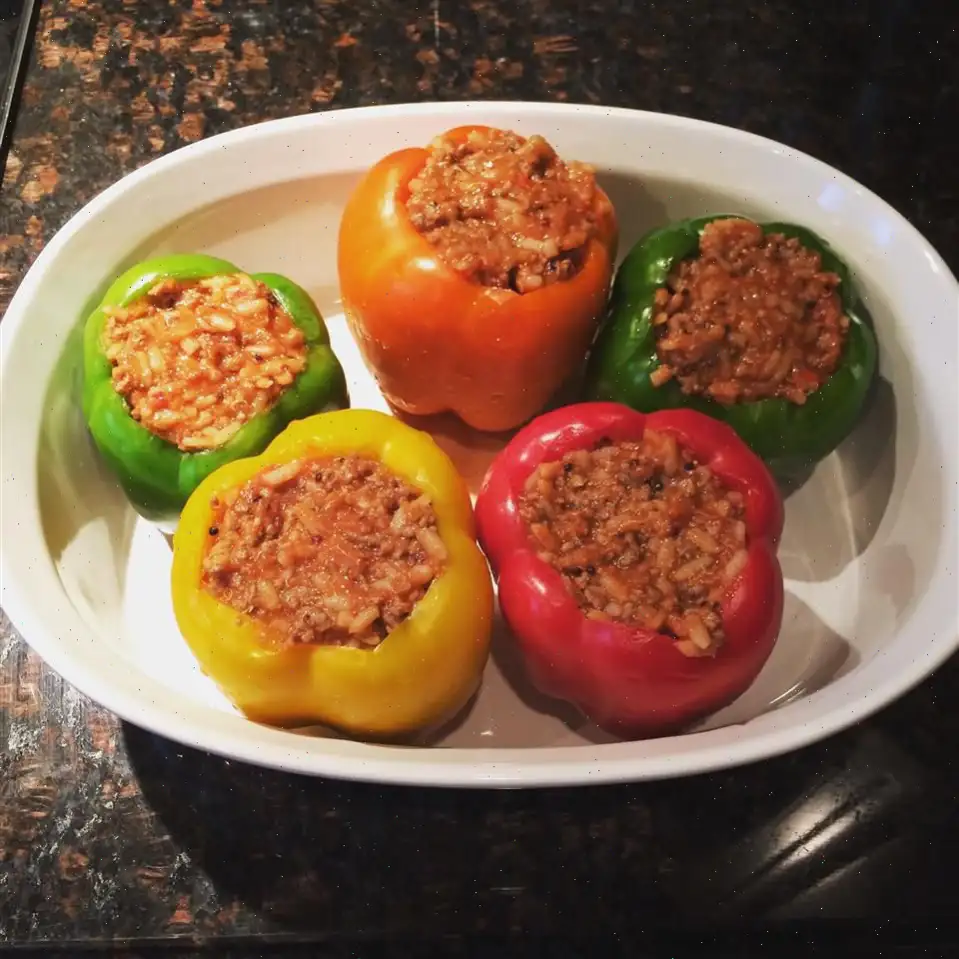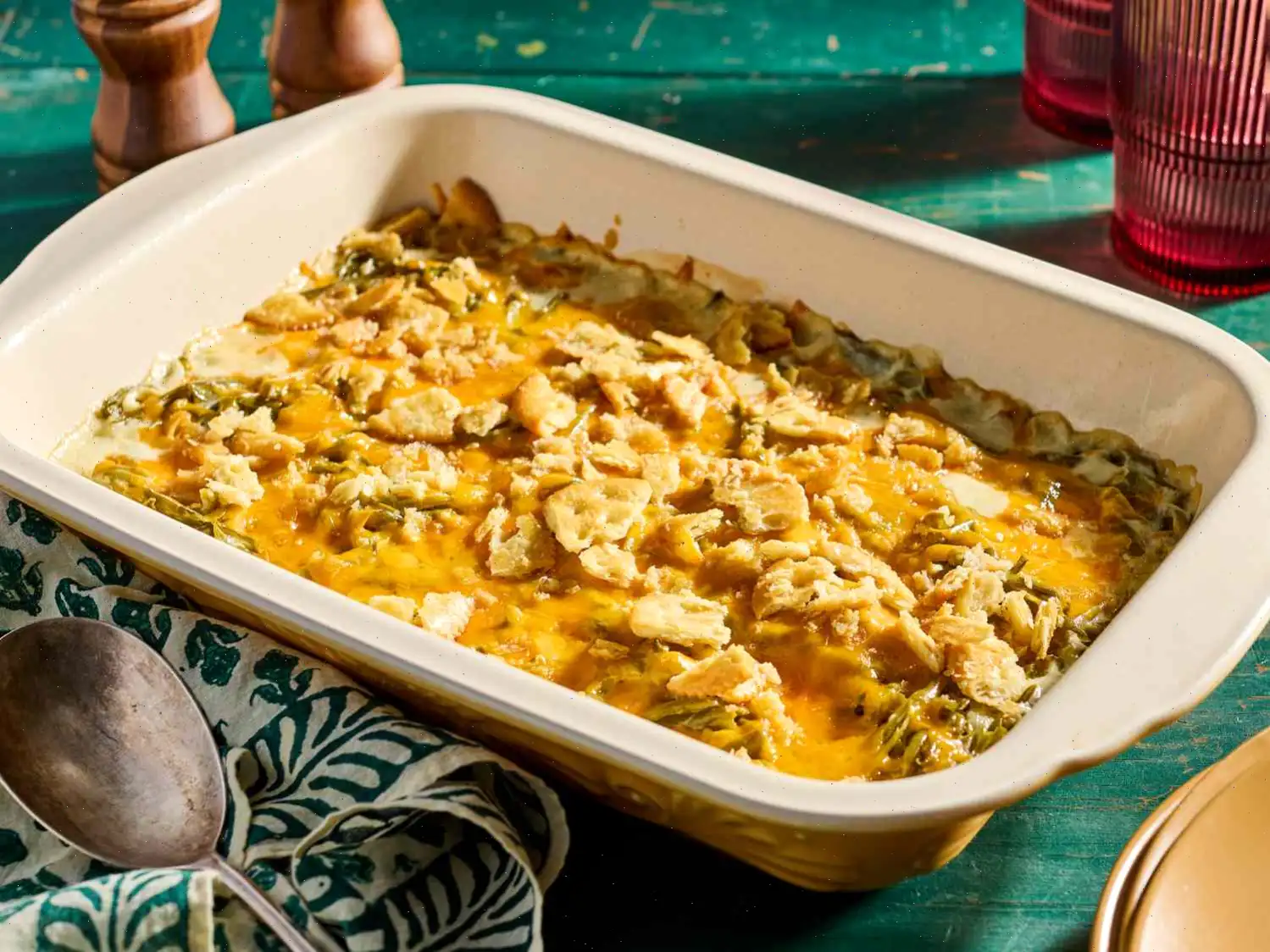
Ukrainian Olha's Varenyky (Perogies) Recipe
Ingredients
Original recipe (1X) yields 10 servings
DOUGH:
- 5 cups all-purpose flour
- 1 teaspoon salt
- 2 tablespoons butter, softened
- 1 cup evaporated milk
- cup water
FILLING:
- 6 medium potatoes, cut into small cubes
- 2 large onions, finely chopped
- cup butter
- 1 cup shredded Cheddar cheese
- Salt and pepper to taste
ALTERNATE FILLING:
- 1 pound sauerkraut
- 3 cups finely shredded green cabbage
- 1 cube chicken bouillon
- 2 teaspoons pepper
Directions
- To make the dough, combine the flour and salt in a large bowl. Make a well in the center and add the soft butter and evaporated milk. Stir gently until all the liquid is absorbed. Add water only as needed and knead continuously until the dough comes together. Transfer the dough into a greased bowl, turning to coat it, and let it rest for 30 minutes.
- For the potato filling, place potatoes in a saucepan and cover with water. Bring to a boil and cook until tender, about 10 minutes. Drain and set aside.
- Melt cup butter in a medium skillet over medium heat. Saut the onions until soft and translucent, then mix the onions into the cooked potatoes. Add the shredded cheese and season with salt and pepper to taste. Stir to combine.
- For the sauerkraut and cabbage filling, place drained sauerkraut into a large saucepan. In a separate skillet, saut the onions in the remaining cup of butter until softened, about 5 minutes. Add the sauted onions to the sauerkraut along with the shredded cabbage and chicken bouillon cube. Cook over low heat until the liquid evaporates. Season with pepper and remove from heat. Allow the mixture to cool before processing it in a grinder or food processor for a finer texture.
- Remove the dough from the bowl and place it onto a lightly floured surface. Roll it out to 1 inch thickness and cut into 3-inch circles.
- Place one tablespoon of the chosen filling (potato or sauerkraut) onto one half of each circle. Fold the other half over and press the edges firmly to seal. Arrange the dumplings on a floured tray, keeping them covered to prevent drying out.
- Bring a large pot of water to a boil. Drop the dumplings in batches (10 at a time) and cook for 3 to 5 minutes, or until they float to the surface. Remove them using a slotted spoon and place them in a colander to drain.
- Transfer the cooked dumplings to a lightly oiled dish, turning them gently to coat with a thin layer of oil. This helps prevent them from sticking together.
- Serve the dumplings warm, topped with fried onions and sour cream. For a crispy finish, you can also fry the cooled dumplings in a mixture of oil and butter.
Nutrition Facts
| Nutrition Facts | Amount per serving |
|---|---|
| Calories | 636 |
| Total Fat | 28g |
| Saturated Fat | 17g |
| Cholesterol | 76mg |
| Sodium | 919mg |
| Total Carbohydrates | 82g |
| Dietary Fiber | 7g |
| Total Sugars | 8g |
| Protein | 16g |
| Vitamin C | 45mg |
| Calcium | 231mg |
| Iron | 5mg |
| Potassium | 908mg |

Varenyky, also known as pierogi, are a beloved dish in Ukrainian cuisine, often prepared during holidays and family gatherings. These dumplings are typically stuffed with a variety of fillings, from mashed potatoes and cheese to sauerkraut and meat. Ukrainian Olha's Varenyky recipe is a traditional take on this iconic dish, capturing the rich flavors of the countrys culinary heritage.
History and Origin
Varenyky have a deep historical significance in Ukraine and are considered a symbol of Ukrainian hospitality. The dish's origins can be traced back to the Middle Ages, when dumplings were introduced to the region by the Mongols and later adapted by local Ukrainians. Over time, the dish became a staple of Ukrainian culture, especially in rural areas where it was served during major feasts, such as Christmas Eve and Easter. The fillings and preparation methods vary by region, but the love for varenyky remains a constant in Ukrainian households.
Regional Variations
While the basic concept of varenyky remains the same, there are many regional variations. In the western part of Ukraine, varenyky are often filled with sweet ingredients, such as cherries or berries, and are served as a dessert. In contrast, the eastern regions favor savory fillings, including potatoes, cabbage, and meat. Additionally, some regions add fried onions or garlic to enhance the flavor. The choice of filling largely depends on what is locally available, and different fillings are typically associated with specific times of year or holidays.
Differences from Similar Dishes
Varenyky are often compared to other Eastern European dumplings, such as Polish pierogi or Russian pelmeni. While they share similarities in shape and cooking method, there are key differences. Varenyky are typically larger than pelmeni and often feature a thicker dough. The fillings are also more diverse, ranging from sweet fruit fillings to savory options like sauerkraut and mushrooms. Pierogi, on the other hand, are usually smaller and more uniform in size. Another notable difference is that varenyky are often fried after boiling, adding a crispy texture to the outside, a step not as common with pierogi.
Where Varenyky Are Traditionally Served
Varenyky are a traditional part of Ukrainian celebrations and are often served during major holidays like Christmas Eve and Easter. On these occasions, they are part of a larger feast that includes a variety of other dishes, such as borscht and holubtsi (stuffed cabbage rolls). Varenyky are also a popular dish at family gatherings and special occasions. In Ukraine, it is common for families to gather around the kitchen table and prepare varenyky together, making the process a social activity. Outside of Ukraine, varenyky are enjoyed in Ukrainian diaspora communities around the world, especially in countries like Canada, the United States, and Poland.
Interesting Facts
- The word "varenyky" comes from the Ukrainian verb "varyty," meaning "to boil."
- In Ukraine, its believed that the shape of the dumpling symbolizes prosperity and good fortune.
- Some Ukrainians make varenyky with sweet fillings for dessert, such as a mix of cottage cheese and sugar, or fruit like cherries and blueberries.
- Varenyky are often served with sour cream, fried onions, or melted butter, enhancing their rich flavor.
- Varenyky are considered a comfort food in Ukraine and are often made in large batches, frozen, and reheated as needed.
Conclusion
Ukrainian Olha's Varenyky (Perogies) are not just a dishthey are a part of the cultural fabric of Ukraine. Whether enjoyed as part of a holiday feast or as a comforting family meal, varenyky bring people together. Their rich history, regional variations, and versatility make them an enduring favorite across generations. Whether youre preparing them for a festive occasion or simply craving something hearty, varenyky are sure to please your taste buds and fill your kitchen with the warmth of Ukrainian tradition.
You can listen to this recipe in AI audio format. Simply click the play button below to listen to the content in a format that suits you best. It’s a great way to absorb information on the go!
FAQ about Ukrainian Olha's Varenyky (Perogies) Recipe
Comments
Stephanie Harris
03/20/2023 03:43:28 AM
These perogies turned out great! I can't wait to share them with my husband, who has never tried them before. Like another reviewer, I also had some leftover filling, about a third of it. I believe the recipe could be improved by specifying the amount of potatoes needed, as the definition of a "large" potato can vary. For my batch, I used a pound of potatoes. While the 5lbs of flour should have been enough, I struggled to roll it out thinly. I substituted water for the sour cream as suggested by others, and I plan to try that next time. I saved the extra filling and turned it into delicious seasoned mashed potatoes for another meal. Regarding the taste of the filling, I found it a bit bland and adjusted it with garlic powder to suit my preferences. It turned out amazing! When boiling the perogies, I followed the gnocchi rule - if they float to the surface, they're ready. After boiling, I pan-fried the perogies and seasoned them with garlic salt. I also cooked onions and peppers (a must-have for serving perogies), seasoned them with garlic salt, and combined the two. The final result was absolutely delicious!
Stephen Garcia
08/30/2022 09:57:48 AM
For those who are new to this recipe, boiling the sausages first truly enhances their flavor. After boiling, transfer them to a skillet with onions caramelized in margarine and fry until they achieve a golden brown texture on each side - the result is simply delicious. Even if you believe you dislike sauerkraut, give these a try and prepare to be pleasantly surprised!
Mary Adams
11/05/2024 10:11:22 PM
During my first year in college, my roommate, who was from a Polish family, introduced me to pierogies for the first time. Her mom made them for me, and they were absolutely delicious. This recipe is quite good, but it does require some skill and practice to master the art of filling the dumplings as her mom instructed. I used mashed potatoes for the filling and opted to sauté them in a mixture of bacon fat and butter for an extra burst of flavor. Overall, the pierogies turned out to be a delightful treat that I will definitely be making again.


